A secret Sicilian safari
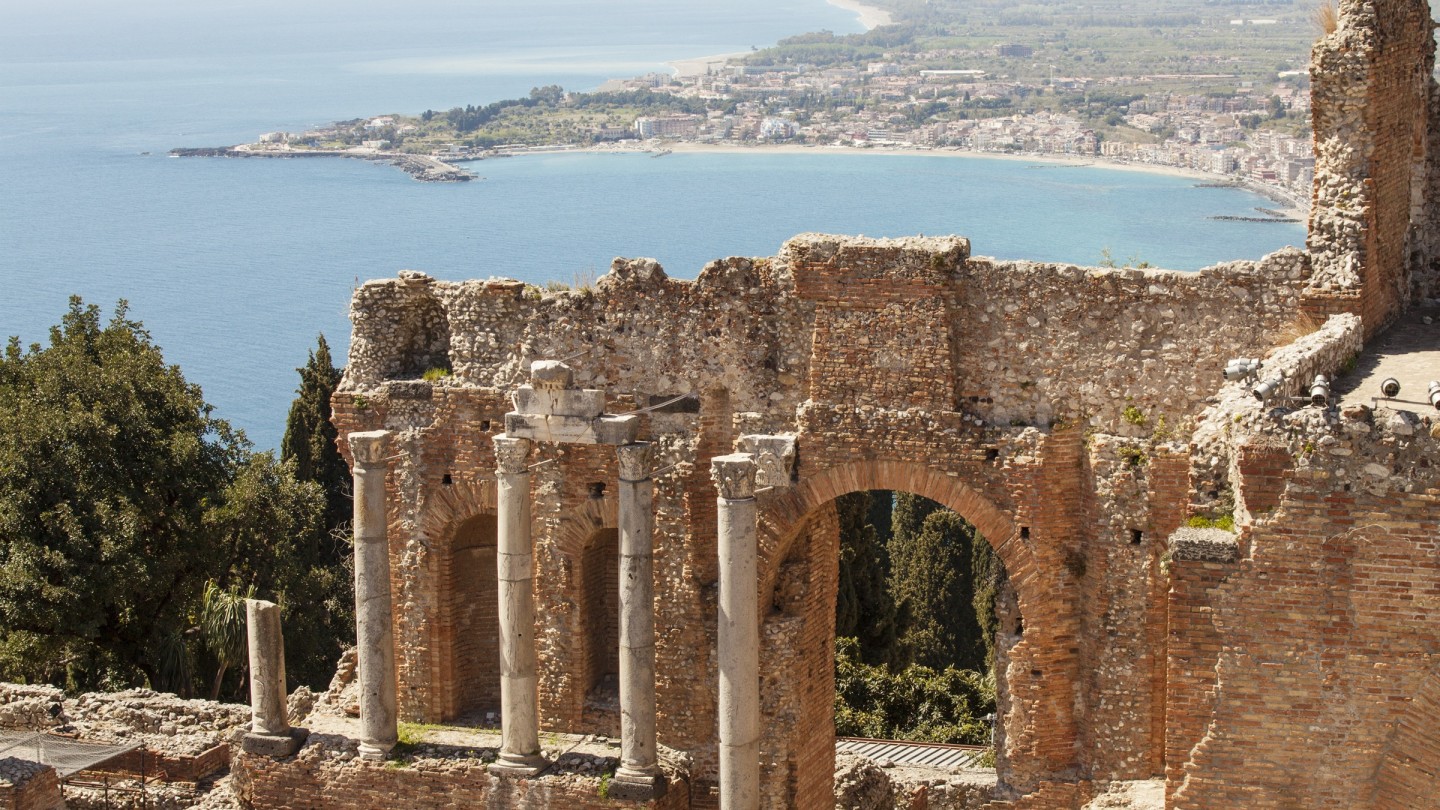
Roula Khalaf, Editor of the FT, selects her favourite stories in this weekly newsletter.
“I love the joy that Sicilians get out of looking at something life-changingly beautiful. There is an emotional tie to aesthetics, and that may have to do with a sense of dancing on the edge of a volcano. Sicilians are fatalists, and I like that.” Michael Roberts – the 74-year-old photographer, fashion director, filmmaker, artist and author – is talking about the island he first visited, and fell hard for, in 1987. “I was besotted. And now consider it ‘home’, as I think about coming back wherever I am in the world.” Three years ago he finally settled in Taormina, where he bought an apartment.
The pandemic prompted Roberts to explore the island further. He set off on a series of driving trips around the coast road and into the wild interior with his Sicilian friend, the producer Roberto Romano. Over the years the duo have worked together on numerous shoots and campaigns in the region, brought together in one of Roberts’ earlier books, Shot in Sicily (2007). Having worked on fashion and style at titles including The Sunday Times, Tatler, British Vogue and Vanity Fair, Roberts (awarded a CBE in 2022) is no stranger to deadlines.
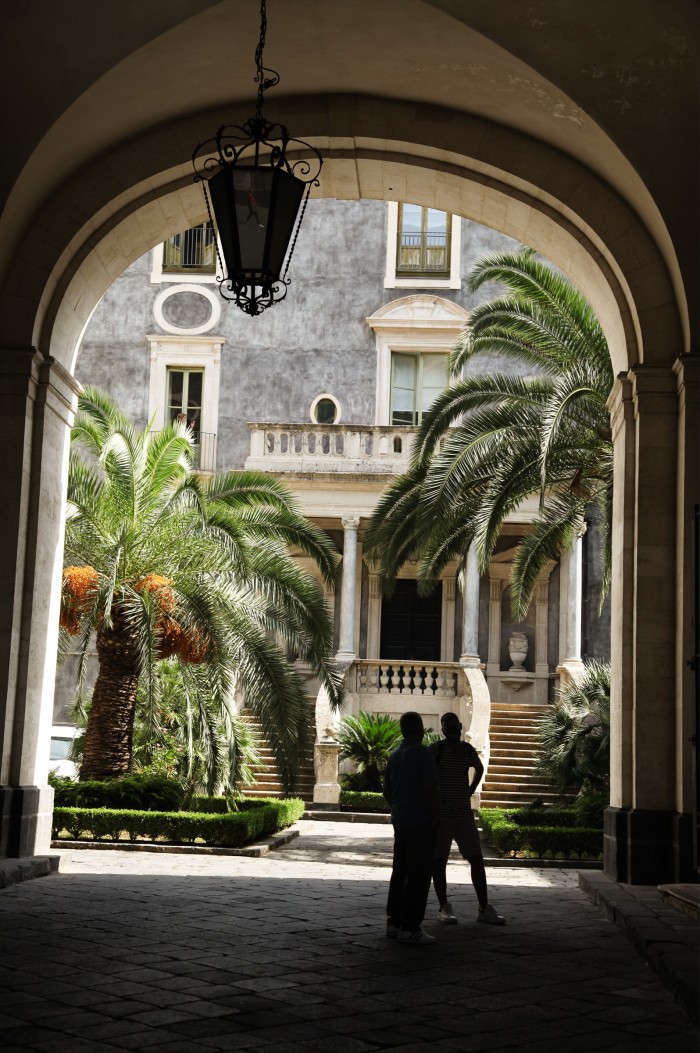
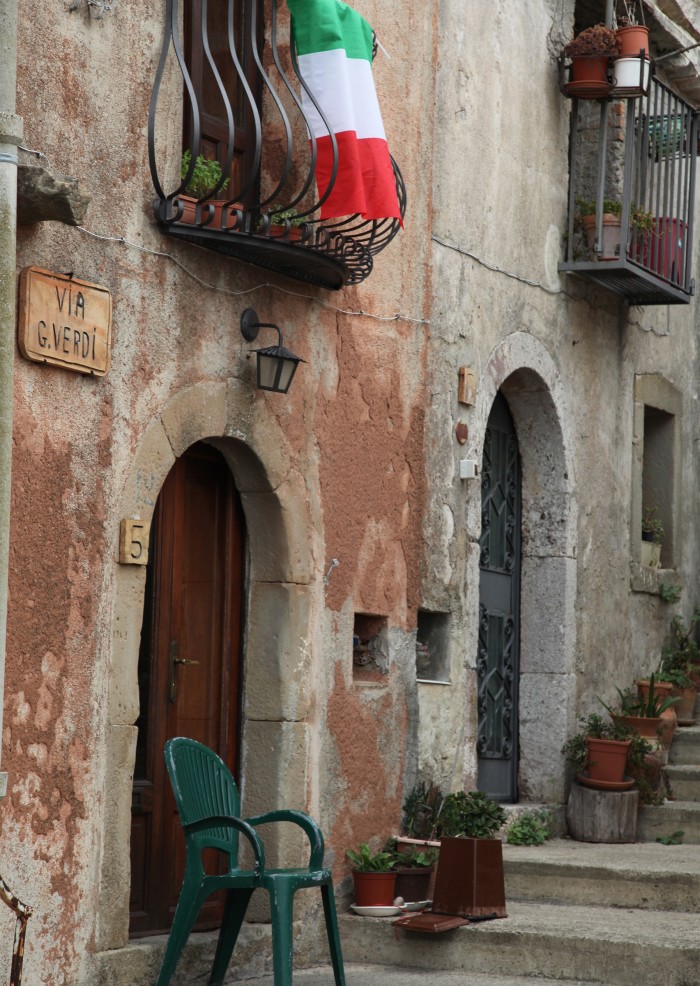
But this time there were no models, trunks of couture gowns or crew. “We set off in a van with equipment, maps and bananas,” he recalls. “There was no fixed agenda. We would stop whenever we saw something. The basic premise was to travel the coastline from Messina to Taormina; then on to those great lava stone rocks in Aci Trezza that appeared in Visconti’s La Terra Trema [1948] and on to Acireale, Syracuse and Noto. We travelled inland to Piazza Armerina to see the beautiful mosaics of girls in ‘bikinis’ at the fourth-century Villa Romana del Casale, and back down to the coast and on around.
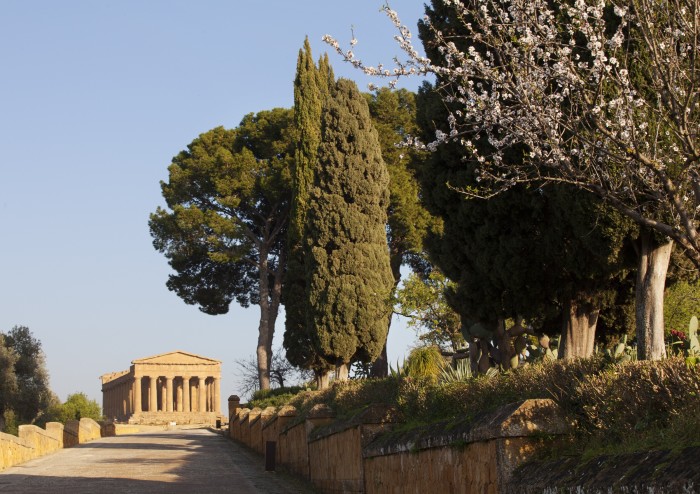
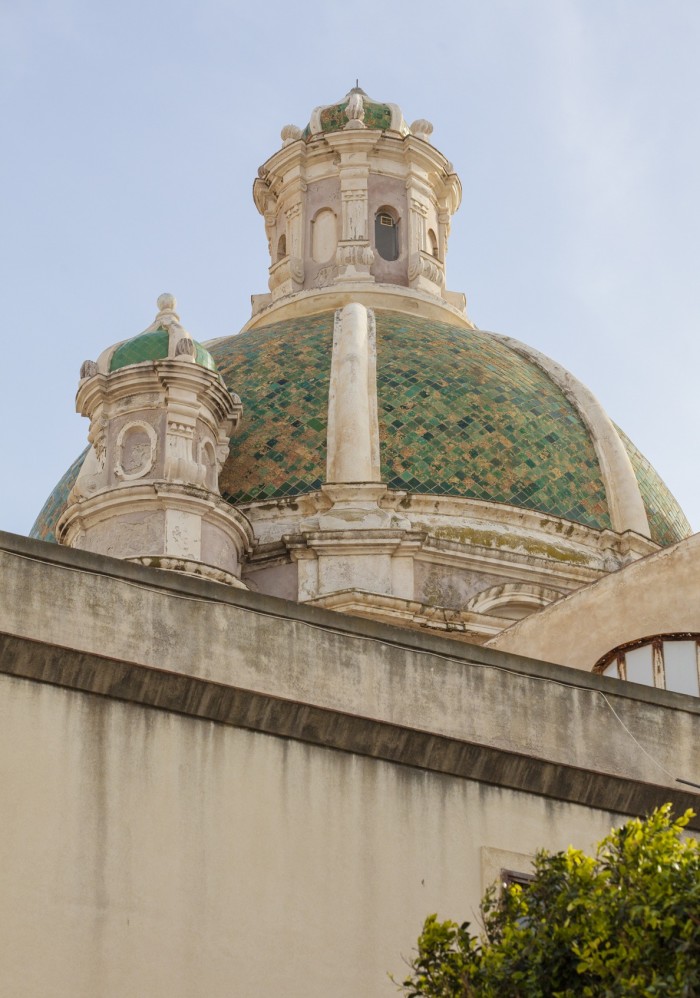
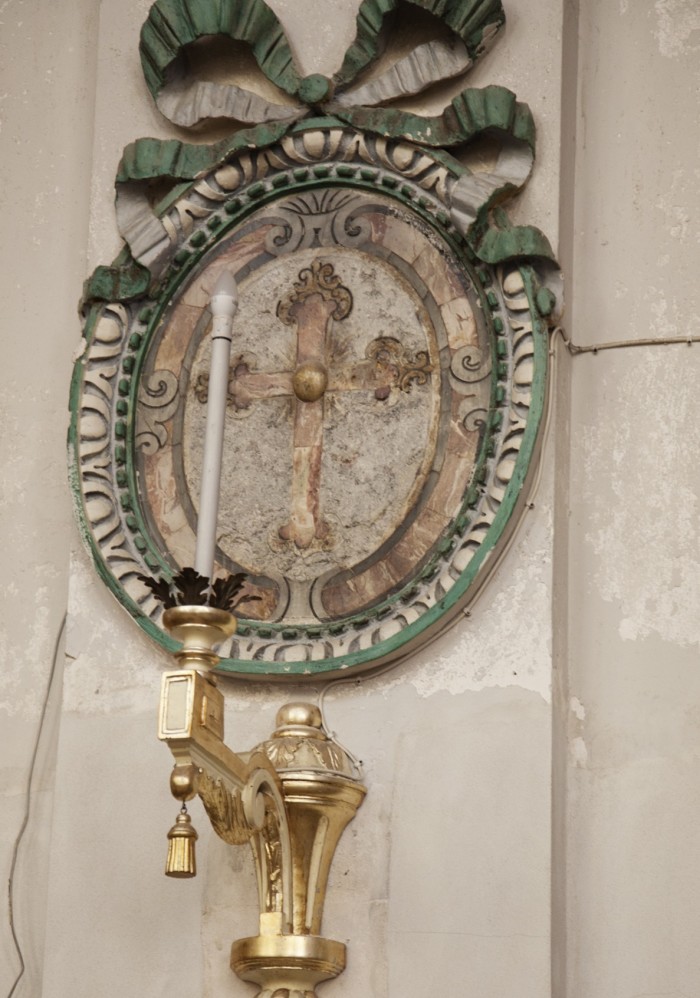
“Because of lockdown, I did not have to fight with tourists to find a shot. We got in touch with people, institutions, sites, and they opened their doors,” says Roberts of the unparalleled freedom. Adds Romano: “After years of working here on productions, even I discovered places and aspects I had never found before.”
The photographic safari became a book project when Roberts encountered the Frederick II Foundation, a Sicilian cultural heritage foundation established in 1997 in Palermo, and named for Frederick II – one-time king of Sicily, Italy and Jerusalem, Holy Roman Emperor from 1220 and a dedicated patron of the arts and sciences. The team fell in love with Roberts’ artful perspective on the island and signed a publishing deal and exhibition.
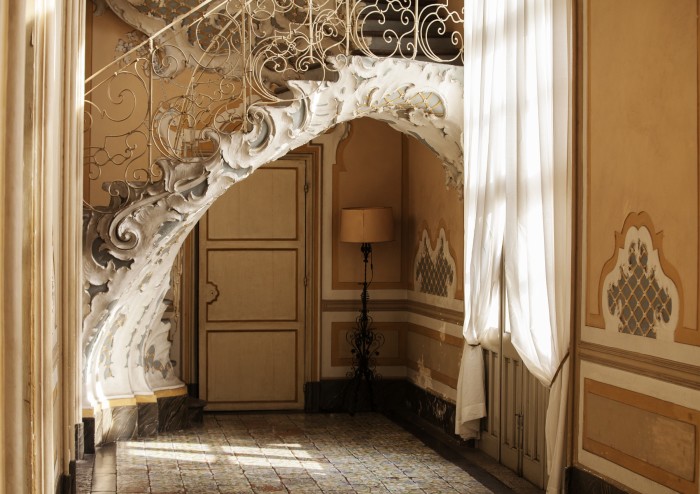
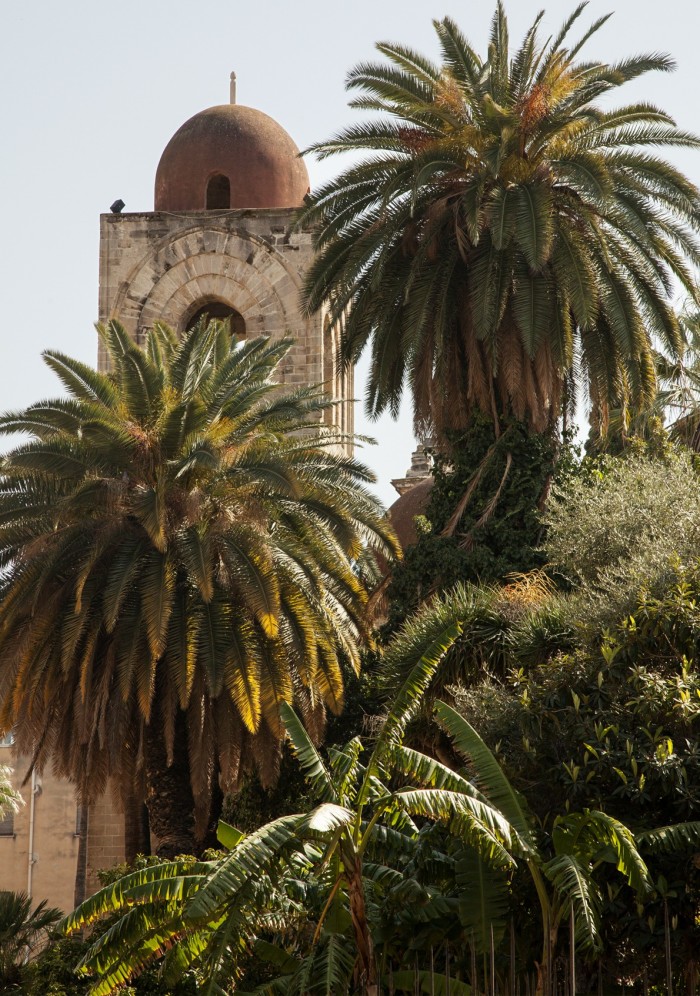
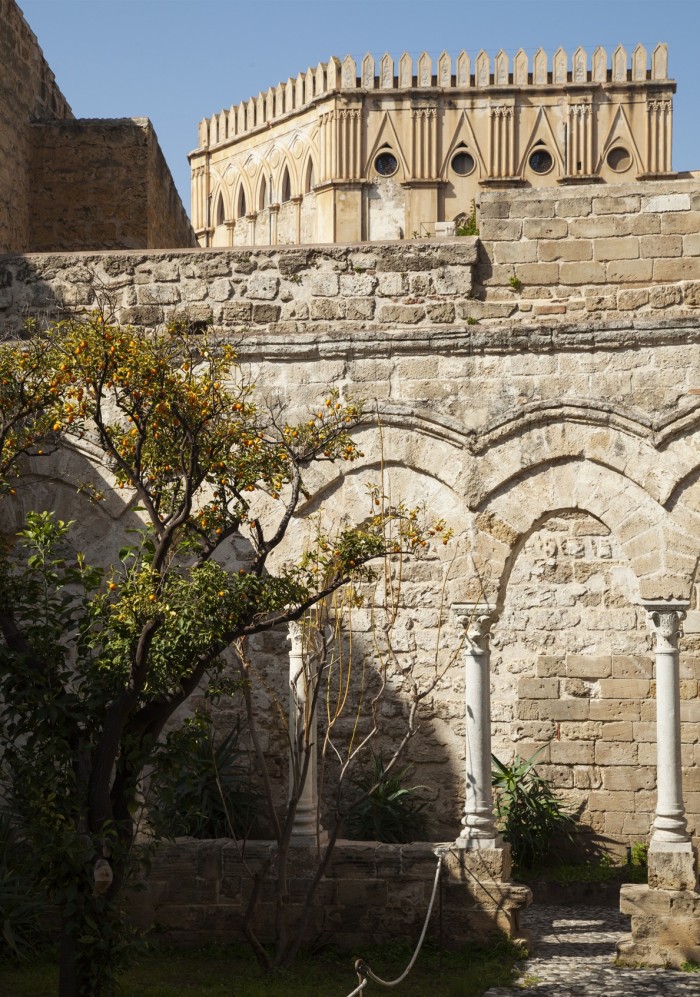
Bound in wisteria-coloured linen, Island of Eternal Beauties is both a personal odyssey, featuring Roberts’ written observations on the myths and history of Sicily, and a sensual adventure. The images lead the viewer from detailed architectural studies of grimacing gargoyles on the Church of San Sebastiano in Palazzolo Acreide to the dizzying baroque interior of Catania’s church dedicated to the martyred St Agatha, via the haunting remains of the Greek Valley of the Temples in Agrigento. Streets, palaces and churches are juxtaposed with shimmering, windblown landscapes of mountains, olive groves and plains. “The island is huge [more than 25,000sq km], and from some vantage points you don’t even dream of it being an island,” says Roberts. “The size and scale blew me away. I also wanted to reflect the seasonal changes” – so he photographed mimosa and wisteria in spring, cacti in summer, wheat fields in autumn, and a fuming, snow-capped Etna in winter.
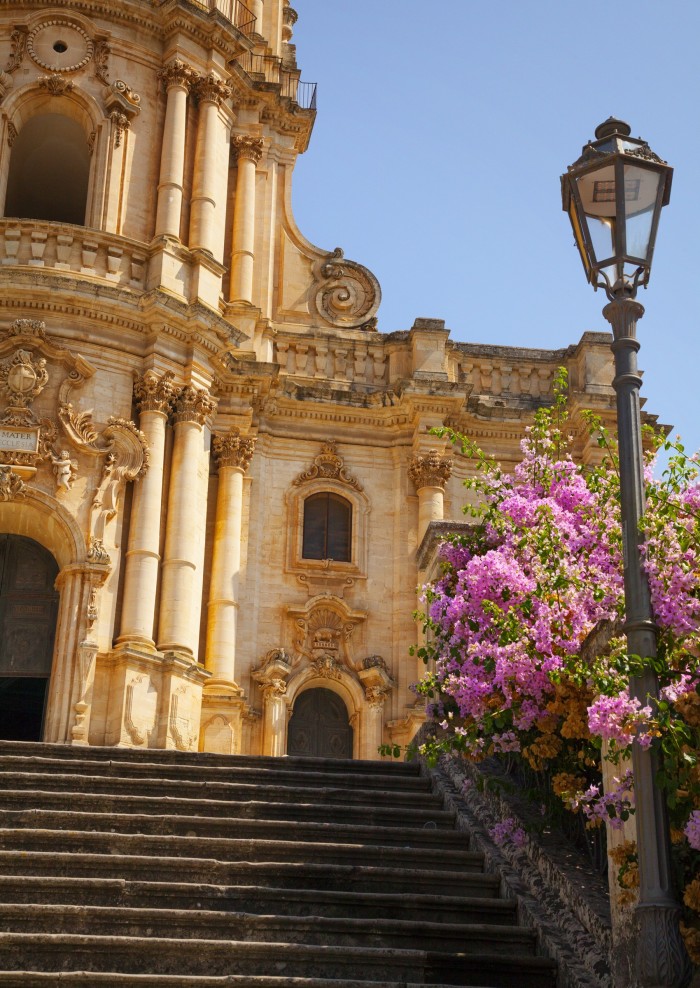
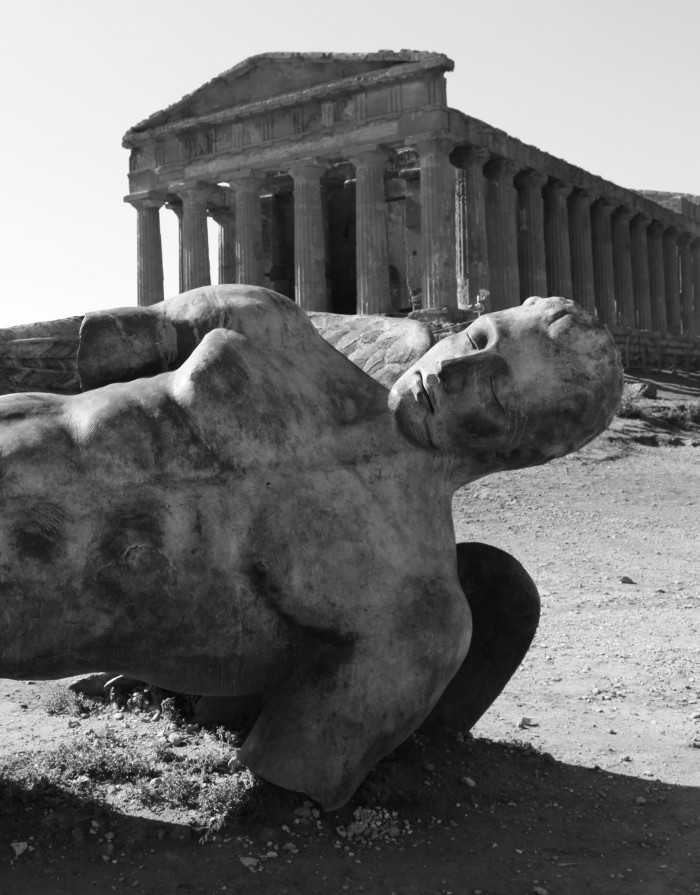
Layers and layers of Sicilian history are revealed through the shifting architectural styles, religious artefacts, Greek and Roman deities and contrasting environs. The chapter on Palermo literally glows with the gilded interiors of the Palazzo dei Normanni. “But perhaps the best way to imbibe the magic of Palermo is at night, in the full amber glow of the city’s gaslight,” Roberts writes of the island’s capital.
By contrast, a chapter on the port of Marsala shows its trading history (it was once a Roman colony and occupied by the Vandals and the Arabs), while a trip to the tiny island of Mozia, off the far western coast, spotlights the graceful charioteer or horse trainer known as the Youth of Mozia, a 5th-century BC marble statue excavated in 1979. Capturing the many faces of the island, Roberts also shoots the medieval stonework in the hilltop town of Erice, the striking chalky white cliffs known as the Turkish Steps, the Black Madonna of Tindari, and nameless roads that snake precariously around hillsides.
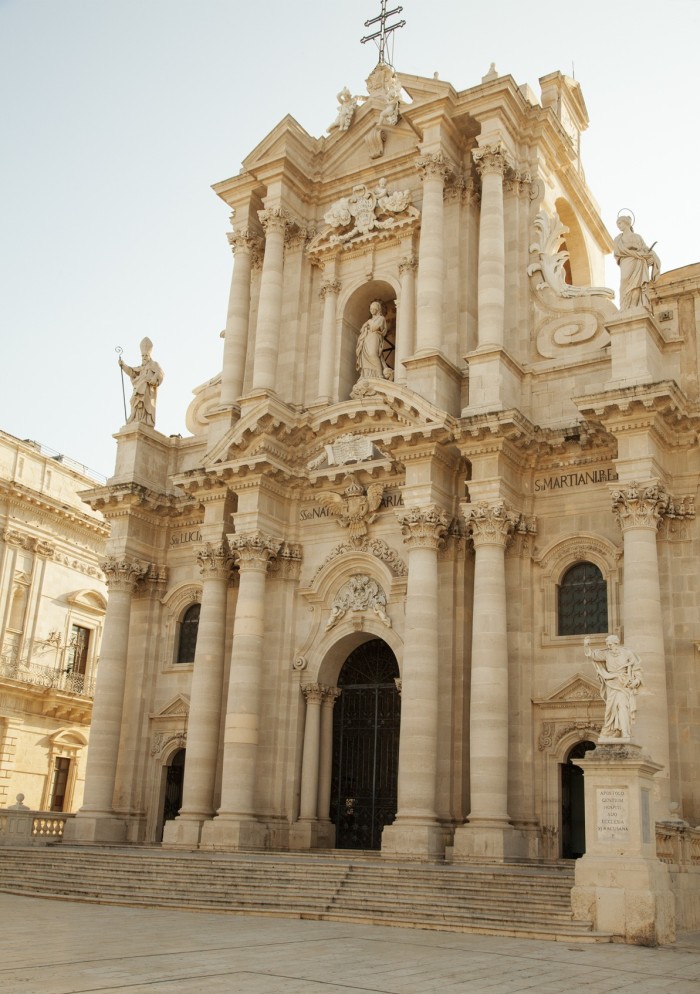
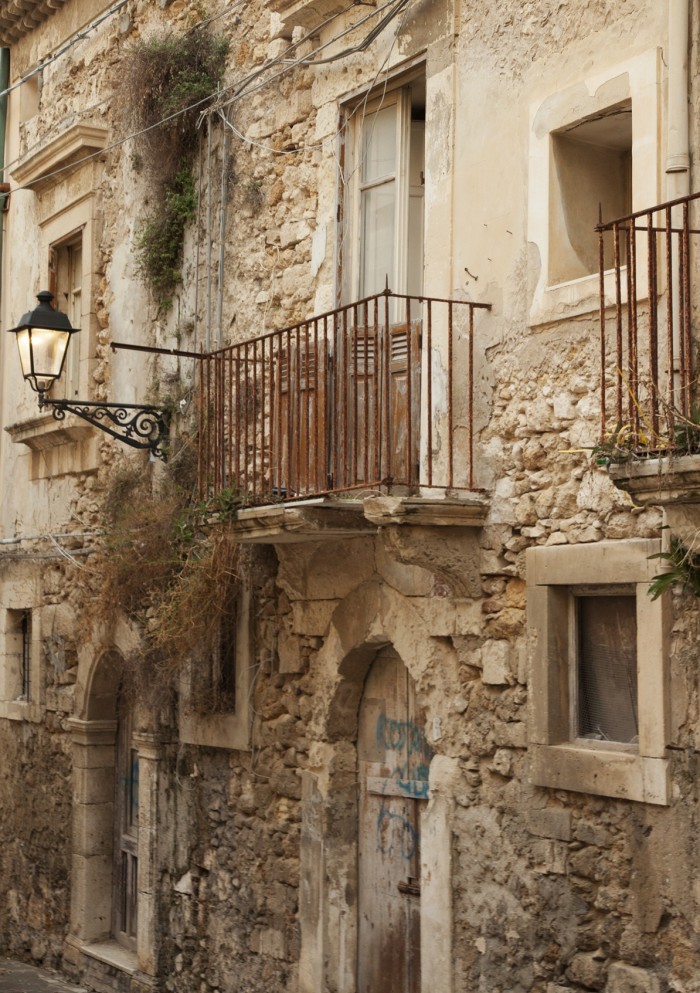
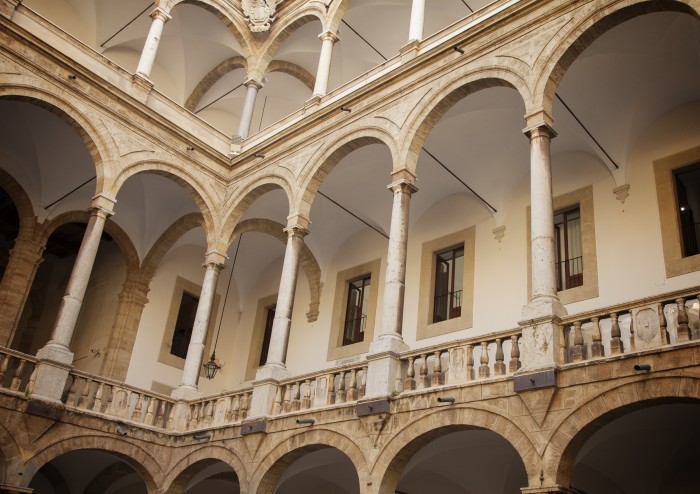
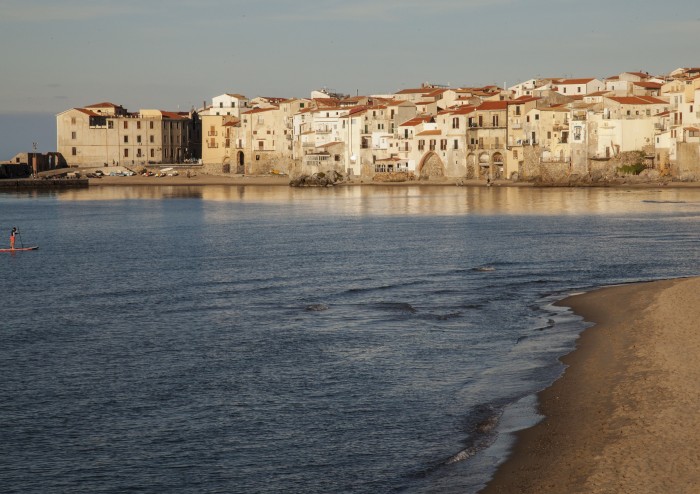
The vistas are interspersed with still-lifes of local delicacies: sugar-dusted sweets, paw paws, hauls of fresh fish. “Sicilians are very much into satisfying their senses and take a great deal of joy from a glass of almond wine or a jelly sweet; they live life to the fullest,” says Roberts. “I always recommend reading Giuseppe Tomasi di Lampedusa’s The Leopard” – the book that tells the tale of a 19th-century nobleman whose life is upturned during Garibaldi’s Redshirt revolution – “as it offers such an accurate description of the way Sicilians deal with life. Not just the fun part but also death; their way of death is beautiful.”
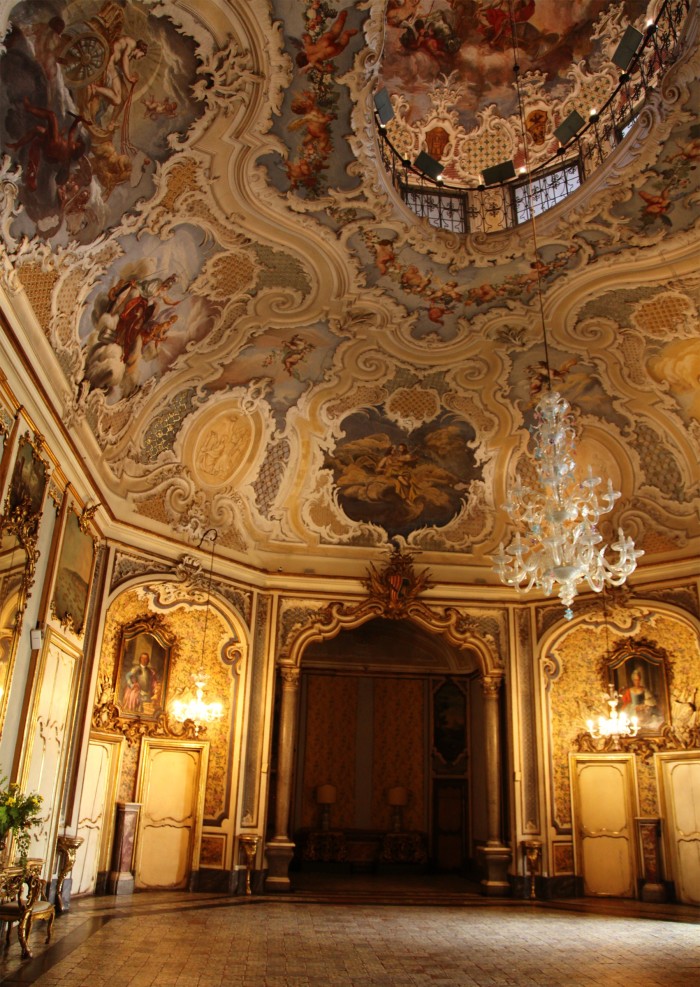
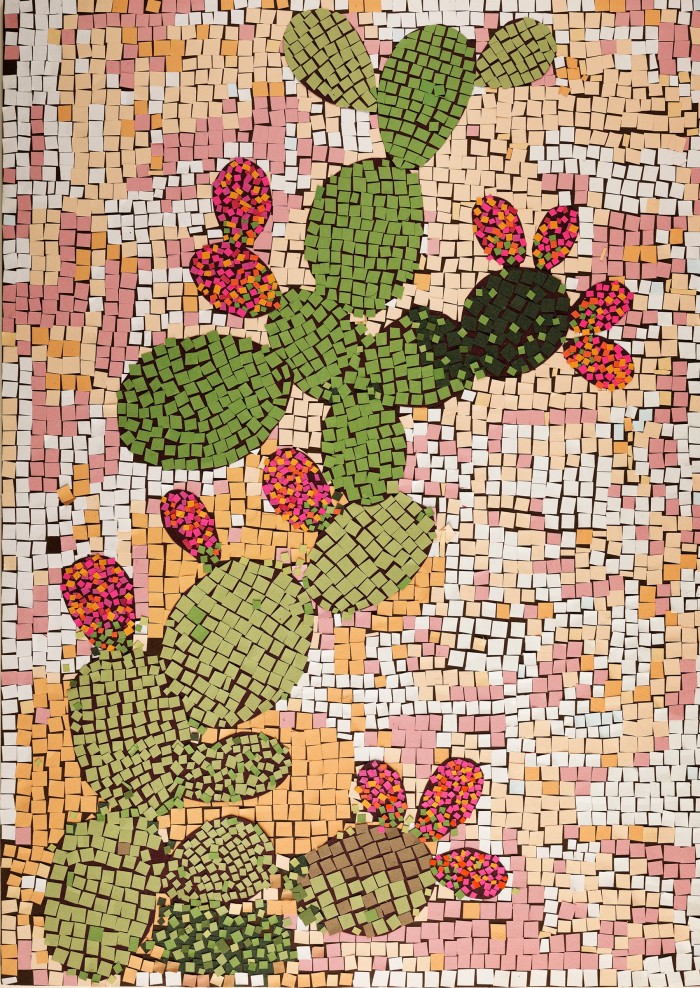
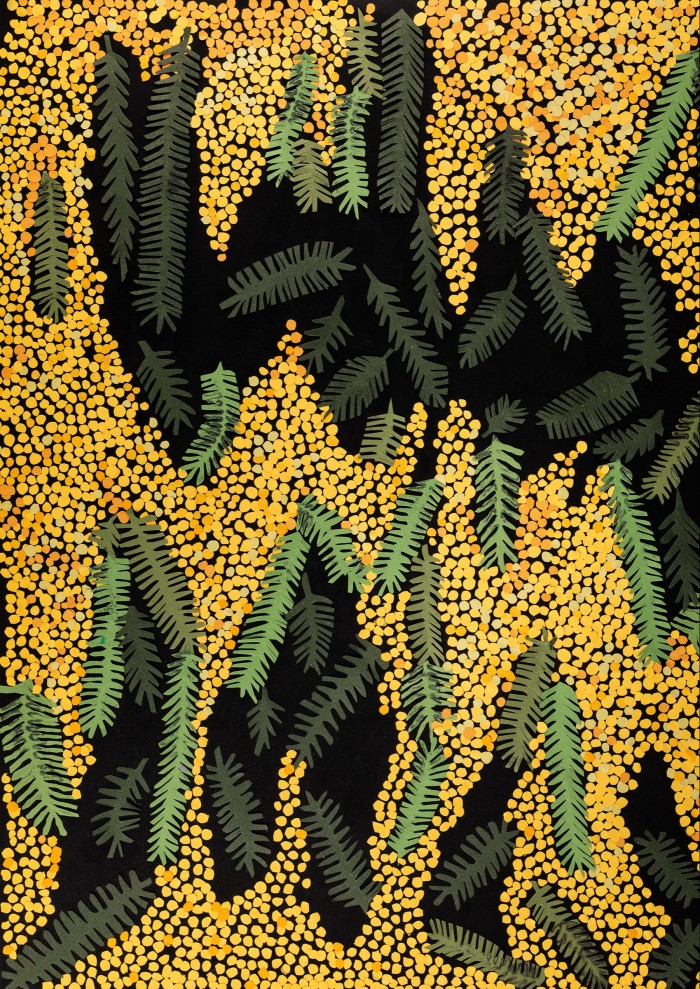
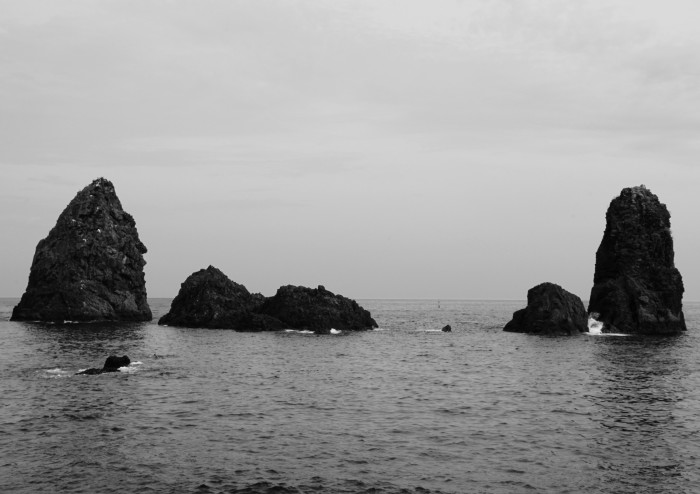
Island of Eternal Beauties is also dotted with Roberts’ own meticulous mosaics, featuring motifs such as mimosa blossom and swordfish. He started making them for the Style Issue covers of The New Yorker when he was its fashion director in the late 1990s. “I use tiny 1mm square pieces of paper,” he says of the intricate works, which can take up to five days to complete. They present a puzzle, not unlike Roberts’ portrait of the island. “I am not sure I will ever grow used to Sicily; it constantly surprises, wrong-foots me at every turn – and just when I think I’ve got it down, there is still the unknown.” That suits him fine: “The best places in the world keep an air of mystery.”
Island of Eternal Beauties, by Michael Roberts, is published on 29 April 2022 by Fondazione Federico Secondo (€55)
Comments